Getting the right equipment makes all the difference between a memorable underwater adventure and an uncomfortable experience. While snorkeling might seem as simple as putting on a mask and jumping in, having the proper gear ensures your safety, comfort, and enjoyment as you observe marine life.
This guide will take you through all the essential equipment and supplies you'll need - from basic gear like masks and fins to important safety items and practical accessories that enhance your time in the water. Whether you're planning your first snorkel session or upgrading your existing kit, you'll find everything you need to know about choosing and preparing your snorkeling equipment.

Essential Snorkeling Gear
Staying safe and comfortable while snorkeling depends on three key pieces of gear. A mask lets you see clearly underwater, a snorkel helps you breathe while swimming, and fins help you move through the water smoothly.
Snorkel Masks: Your Window to the Underwater World
A well-fitted mask is the most important piece of snorkeling equipment. Two main types are available: traditional two-lens masks and full-face snorkel masks. Traditional masks work well for most people and cost less. Full-face snorkel masks cover your entire face and connect with the snorkel tube, making breathing feel more natural, but they're more expensive and can be bulky.
Modern full-face masks like the G2RISE SN01 come with several innovative features. The 180° viewing panel provides an unrestricted panoramic view of the underwater world, while the integrated snorkel tube at the top allows for natural breathing through your nose or mouth. A detachable action camera mount lets you capture your underwater adventures hands-free. The drain valve at the bottom quickly removes any water that might enter the mask, and the adjustable strap ensures a secure, comfortable fit around your head.
The right fit matters more than brand or style. For the G2RISE SN01, measure the distance from the bridge of your nose to your chin - this measurement will indicate whether you need XS (8.5 cm/3.35 inches), S/M (10-11.5 cm/3.9-4.5 inches), or L/XL (13 cm/5.2 inches).
Note that L/XL and S/M masks share the same outer dimensions but differ in their inner silicone sizing. For a proper fit, first move any hair on your forehead to the side, and men should shave facial hair to prevent leakage. Position the mask and move it up, down, left, and right until the V-shaped silicone section fits perfectly with your face. Pull the elastic bands on both sides towards the back of your head until the silicone is tightly attached. A final check at the chin area ensures there are no gaps that could cause water leakage. A snug fit not only prevents water from entering but also helps prevent fogging during your underwater adventure.
Dry Snorkels: Keeping Water Out While You Breathe
A dry snorkel helps you breathe while floating face-down in the water. Modern dry snorkels have special valves that stop water from entering when waves wash over them or when you dive briefly underwater. This means less time clearing water from your snorkel and more time watching fish.
Most dry snorkels now include:
- A floating valve that seals when submerged
- A purge valve at the bottom to drain any water that gets in
- A comfortable silicone mouthpiece that won't hurt your jaw
Pick a snorkel that feels comfortable in your mouth and isn't too long or short for your face. The top should sit about level with the top of your head when the mouthpiece is in place.
Fins: Your Power Source in the Water
Fins come in two main styles:
- Full foot fins fit like shoes and work well in warm water
- Open heel fins have adjustable straps and let you wear booties for warmth and protection
Fins give you the power to swim efficiently and handle currents safely. Short fins offer better control and work well in shallow water near reefs. Longer fins provide more power but require more leg strength.

Safety Equipment: Essential Protection for Snorkelers
Safety gear plays a vital role in preventing accidents and handling emergencies while snorkeling. Even strong swimmers should carry basic safety items to handle unexpected situations in the water.
Life Vests and Snorkel Vests: Extra Buoyancy When You Need It
A snorkel vest or life vest adds an important layer of safety, especially for beginners and anyone swimming in deep water. Snorkel vests let you adjust their buoyancy - inflate them fully when you need more support, or deflate them partially when you want to dive down briefly. Traditional life vests provide constant buoyancy and work well for weaker swimmers.
The most common type is the horse collar vest, which inflates around your neck for maximum support. Jacket-style vests offer more coverage by wrapping around your torso, making them ideal for cooler waters. For experienced snorkelers who want minimal bulk, belt-pack inflatable vests remain hidden until needed.
Signaling Devices: Getting Help When You Need It
A whistle or other signaling device should be attached to your vest or mask strap. The sharp sound of a whistle carries well over water and can alert your group or nearby boats if you need help. Choose a plastic whistle designed for marine use - metal whistles can corrode in salt water.
First Aid Kit: Be Ready for Minor Injuries
Keep a compact, waterproof first aid kit in your beach bag or boat. Your kit needs waterproof bandages in various sizes and antibiotic ointment for cuts and scrapes. Include treatment for jellyfish stings, as they're a common hazard. Pack scissors, medical tape, basic pain relievers, and gauze for wrapping injuries. Store everything in a waterproof container or sealed plastic bag to keep your supplies dry and ready for use.

Protective Gear: Shield Your Body While Snorkeling
The right protective gear guards your skin against sun, cold water, and sea creatures. These items keep you comfortable so you can focus on enjoying the underwater sights.
Wet Suits and Rash Guards: Multiple Layers of Protection
A wet suit or rash guard serves several important purposes. The fabric blocks harmful UV rays that can cause severe sunburn, even on cloudy days. In cooler waters, a wet suit traps a thin layer of water against your skin, which your body warms to keep you comfortable. The material also protects against jellyfish stings and coral scrapes.
Rash guards work well in warm water and offer excellent sun protection without the bulk of a wet suit. They dry quickly and come in different sleeve lengths. For cooler conditions, a proper wet suit provides better insulation. The thickness you need depends on water temperature - a thin 1-2mm suit works for mild conditions, while colder water requires a thicker 3-5mm suit.
Reef-Safe Sunscreen: Protect Yourself and the Ocean
Regular sunscreen can harm coral reefs and marine life. Reef-safe sunscreen uses minerals like zinc oxide or titanium dioxide instead of chemicals that damage coral. Apply it generously to any skin not covered by your wet suit or rash guard. The sunscreen should go on 30 minutes before entering the water and needs reapplying every few hours.
Water Shoes: Guard Your Feet
Water shoes or booties protect your feet from sharp rocks, coral, and hot sand. They provide good grip on slippery boat decks and rough shore entries. Soft-soled water shoes work well for beach snorkeling, while sturdier booties offer better protection when walking on rocky shores. Make sure they fit snugly - loose shoes can come off in the water or make swimming difficult.
Visibility and Comfort Accessories
Good visibility and comfort make the difference between a frustrating experience and an enjoyable snorkeling session. Simple accessories solve common problems that can spoil your underwater viewing.
Anti-fog Solution: Keep Your View Clear
A foggy mask ruins the view and forces frequent stops to clear the lens. Anti-fog solution prevents condensation from forming inside your mask. Apply a small amount to the inside of your mask before each swim, then rinse it briefly with clean water. Baby shampoo also works as a budget-friendly alternative. For best results, avoid touching the inside of your mask after applying the solution.
G2RISE SN01 combine anti-fog technology with a 180° viewing panel for clear, panoramic views. These masks use separate air chambers and improved ventilation to reduce fogging naturally, though they still benefit from occasional anti-fog treatment.
Prescription Options: Sharp Vision Underwater
Poor eyesight shouldn't stop anyone from enjoying the underwater world. Prescription masks cost more than standard ones but provide clear vision without contact lenses. For occasional snorkelers, wearing contact lenses under a regular mask often works well. Just remember to keep your eyes closed if you need to remove your mask in the water because contact lenses can’t touch any water.
Hair Management: Prevent Mask Leaks
Long hair and mask straps often create frustrating leaks. A simple hair tie keeps your hair away from your mask's silicone skirt, maintaining the watertight seal. Neoprene mask straps provide better grip than standard rubber straps and prevent hair tangles. Consider a swim cap for very long or thick hair - it keeps everything contained and makes your mask more secure.

Documentation and Photography: Capturing Memories Underwater
A camera helps you save and share your snorkeling experiences. The right gear keeps your devices safe in the water.
Underwater Cameras
Basic waterproof cameras are good choices for snorkeling. They're small, easy to handle in water, and take both photos and videos. Most cameras have settings that help you get better colors underwater. Make sure your camera can go at least 10 meters deep to stay safe while swimming.
Smartphone Photography
You can use your phone for underwater photos if you have a good waterproof case. These cases let you use all your phone's features while keeping water out. Before going in deep water, test new cases in shallow water with tissue paper inside to check for leaks.
Waterproof Storage
Keep your spare devices, keys, and wallet in a waterproof bag. Good bags have secure closures and strong seams. Pick a bright-colored bag so it's easy to find, and keep it attached to your other gear.
Post-Snorkel Supplies: After-Swim Care
Taking care of yourself and your gear after snorkeling helps everything last longer. A few basic supplies make the cleanup process simple.
Quick-Dry Towels
Pack a quick-dry towel or chamois cloth - they work better than regular beach towels. These special towels dry quickly and take up less space in your bag. They also help remove salt and sand from your skin and gear.
Fresh Water
Bring fresh water to rinse your snorkeling gear. Salt water damages equipment over time if left on masks, snorkels, and fins. A gallon jug or large water bottle works well for basic rinsing. Pay special attention to metal parts and mask straps, as salt collects in these areas.
Change of Clothes
Keep dry clothes ready for after your swim. Include a warm layer if you're snorkeling in cool weather. Remember to pack dry underwear and shoes - sitting in wet clothes can be uncomfortable, especially during the drive home. A plastic bag for wet swimwear keeps the rest of your things dry.

Pack Your Snorkeling Bag Today!
Good snorkeling gear keeps you safe and comfortable in the water. You'll need basic items like a mask, snorkel, and fins, plus safety gear such as a vest and whistle. Add sun protection, anti-fog solution, and a camera if you want photos. Clean all equipment with fresh water after use. When you have the right gear ready, you can focus on watching fish and enjoying your time in the water.
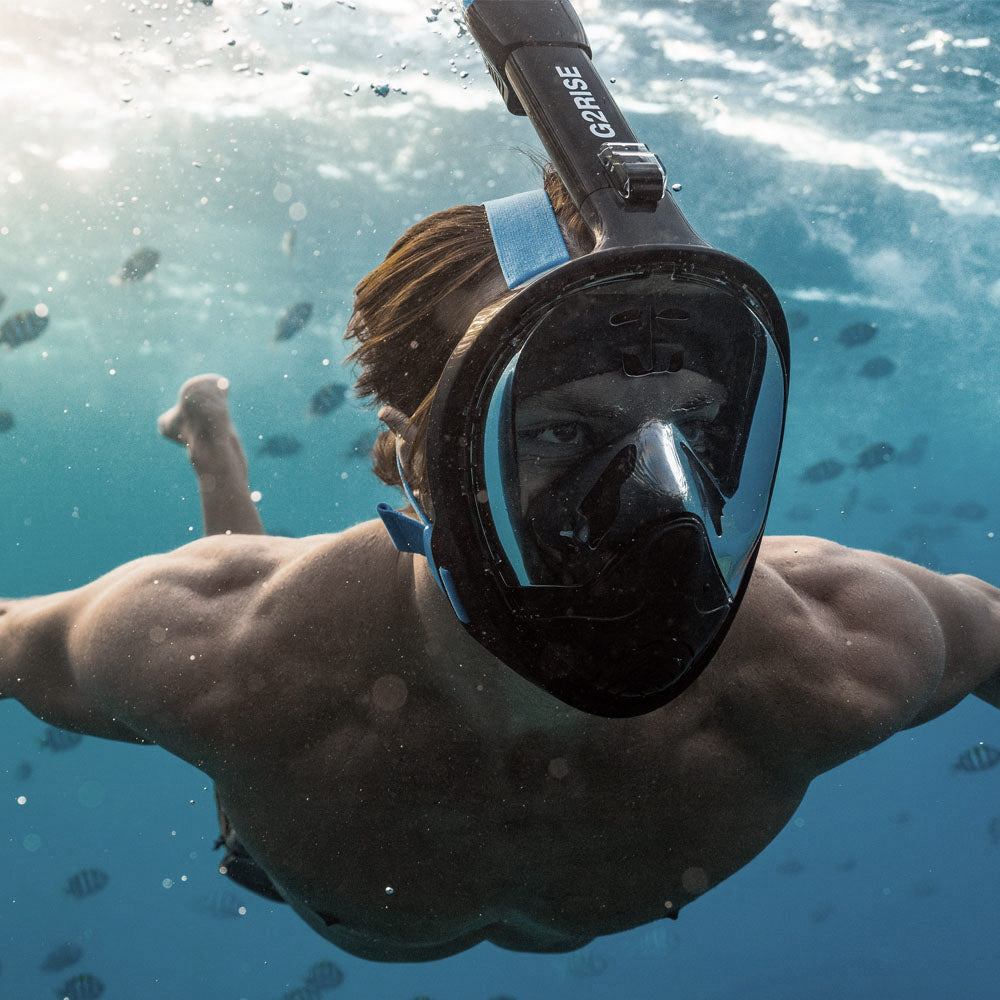
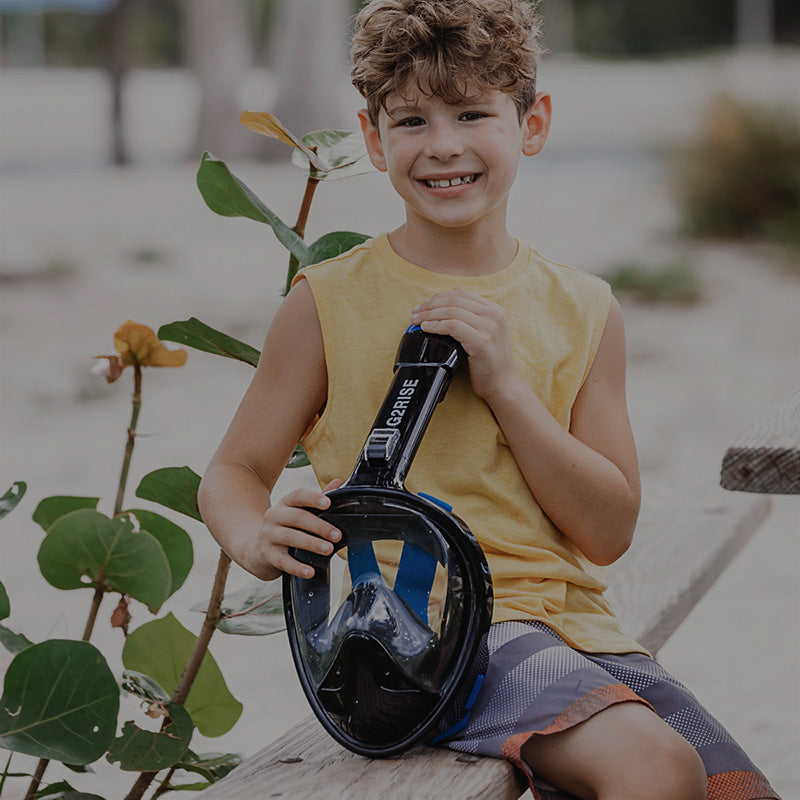

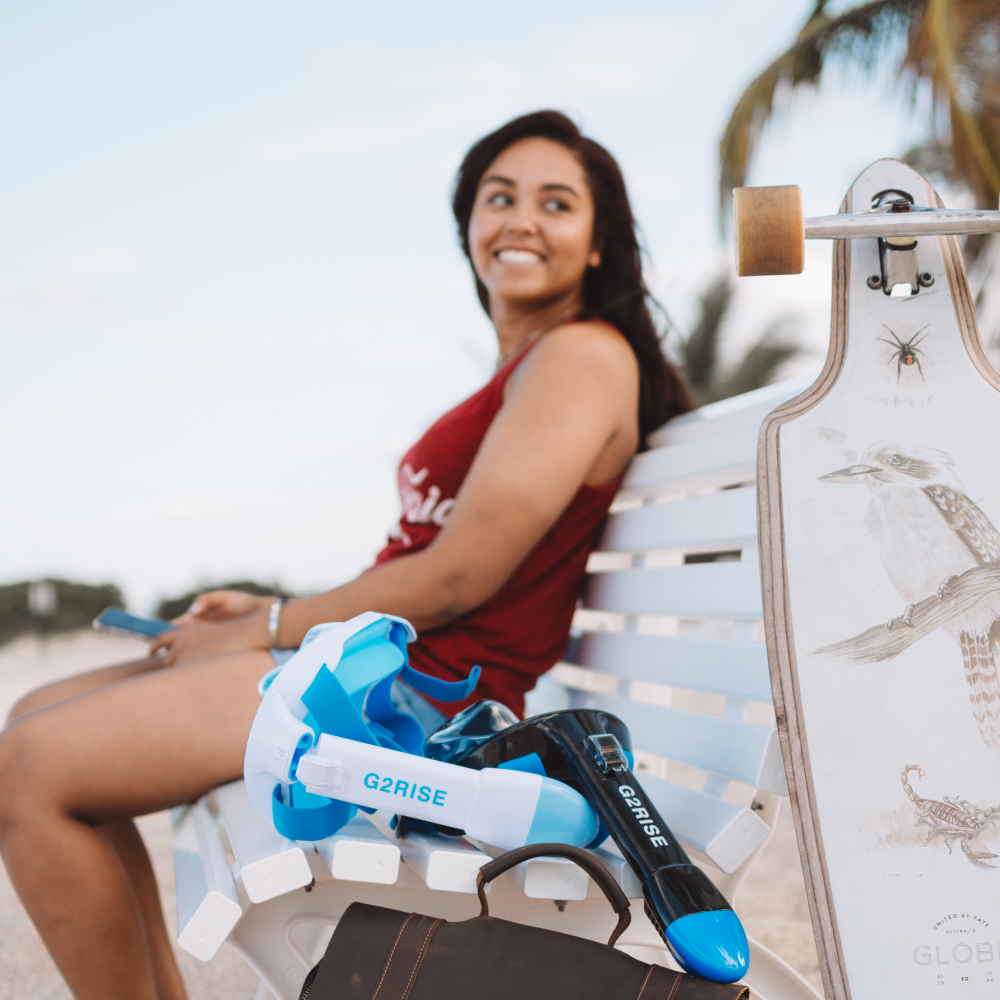
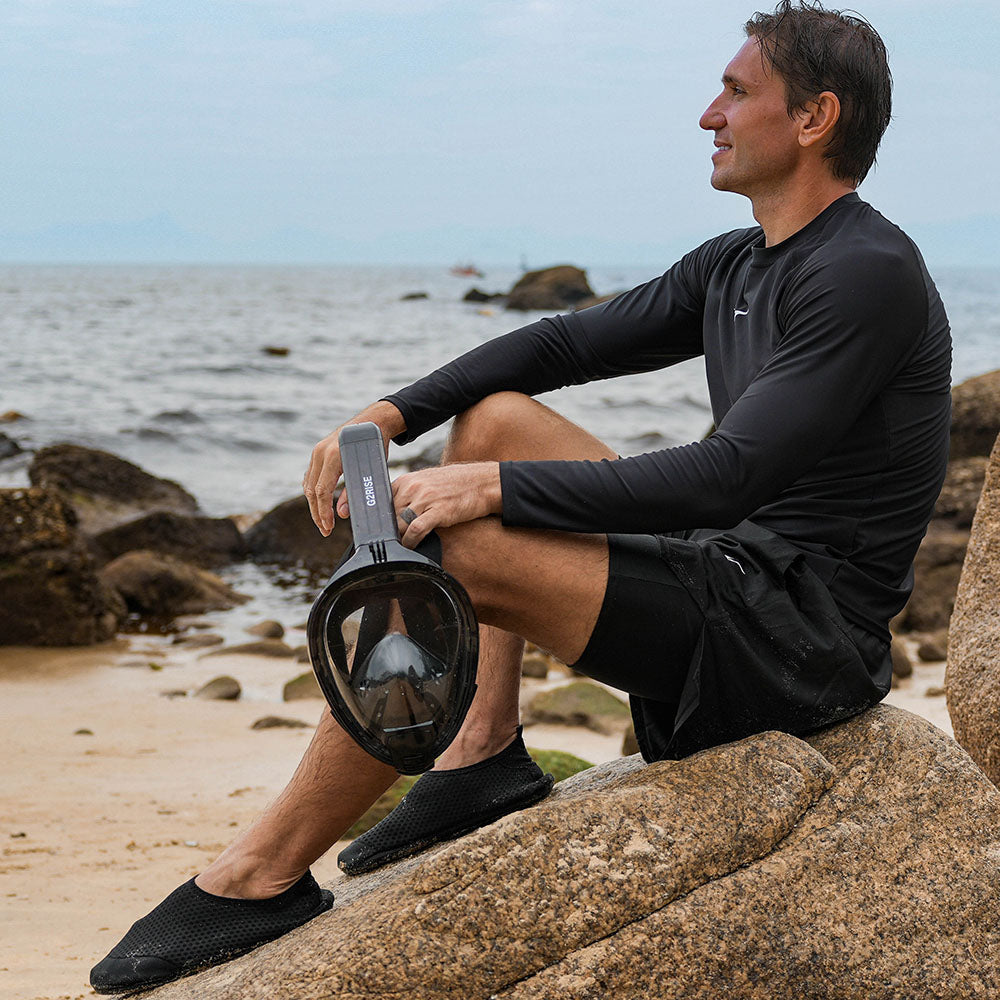
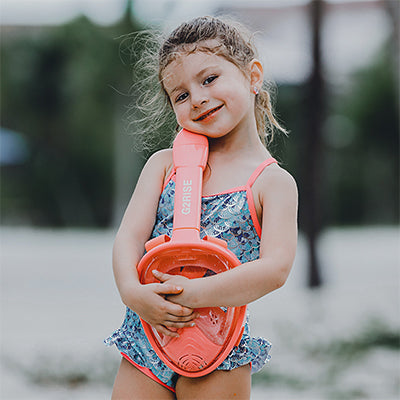
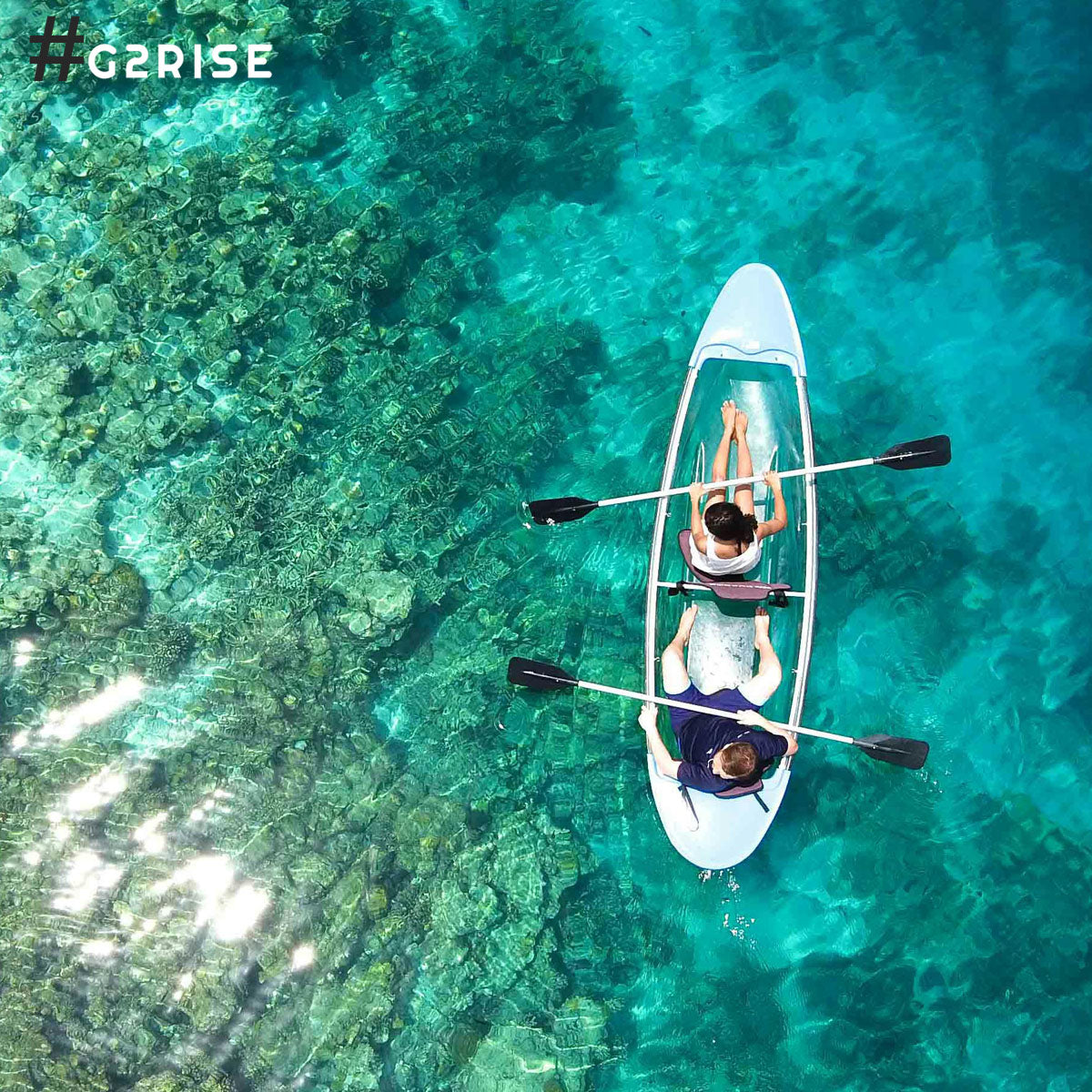

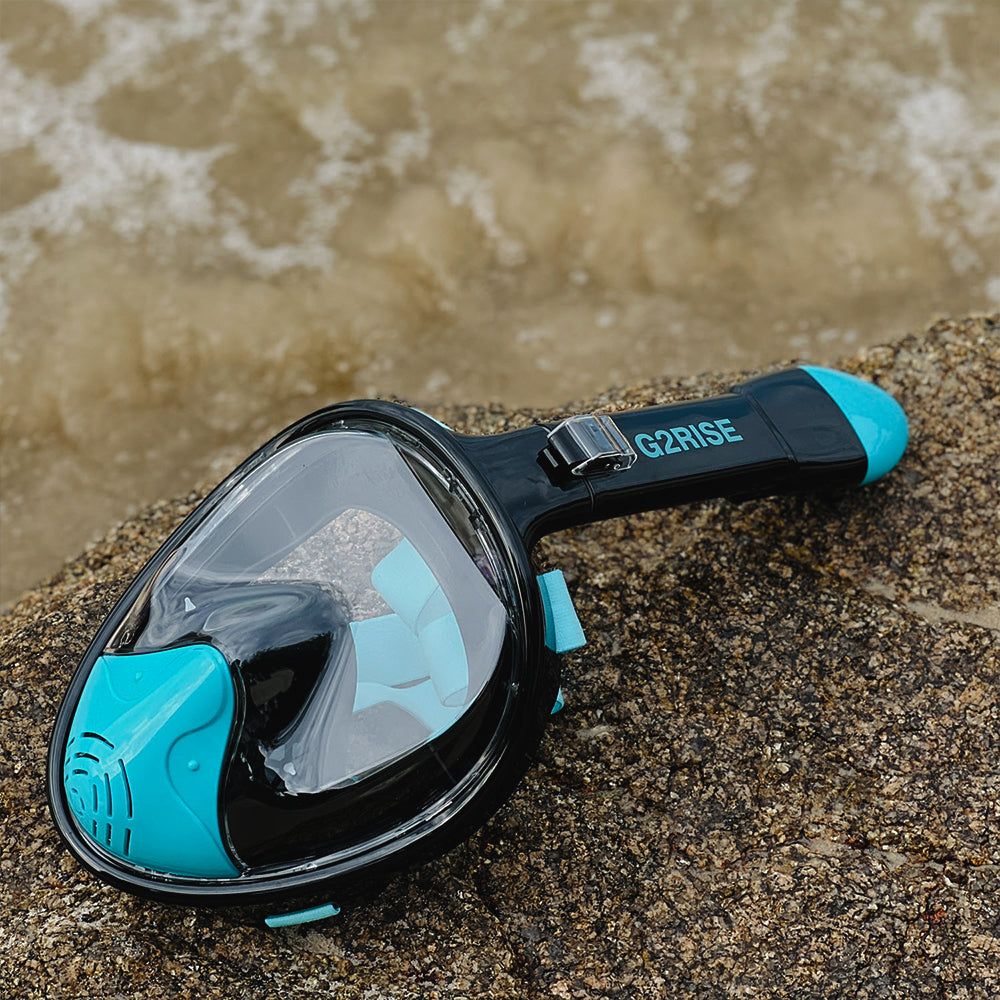
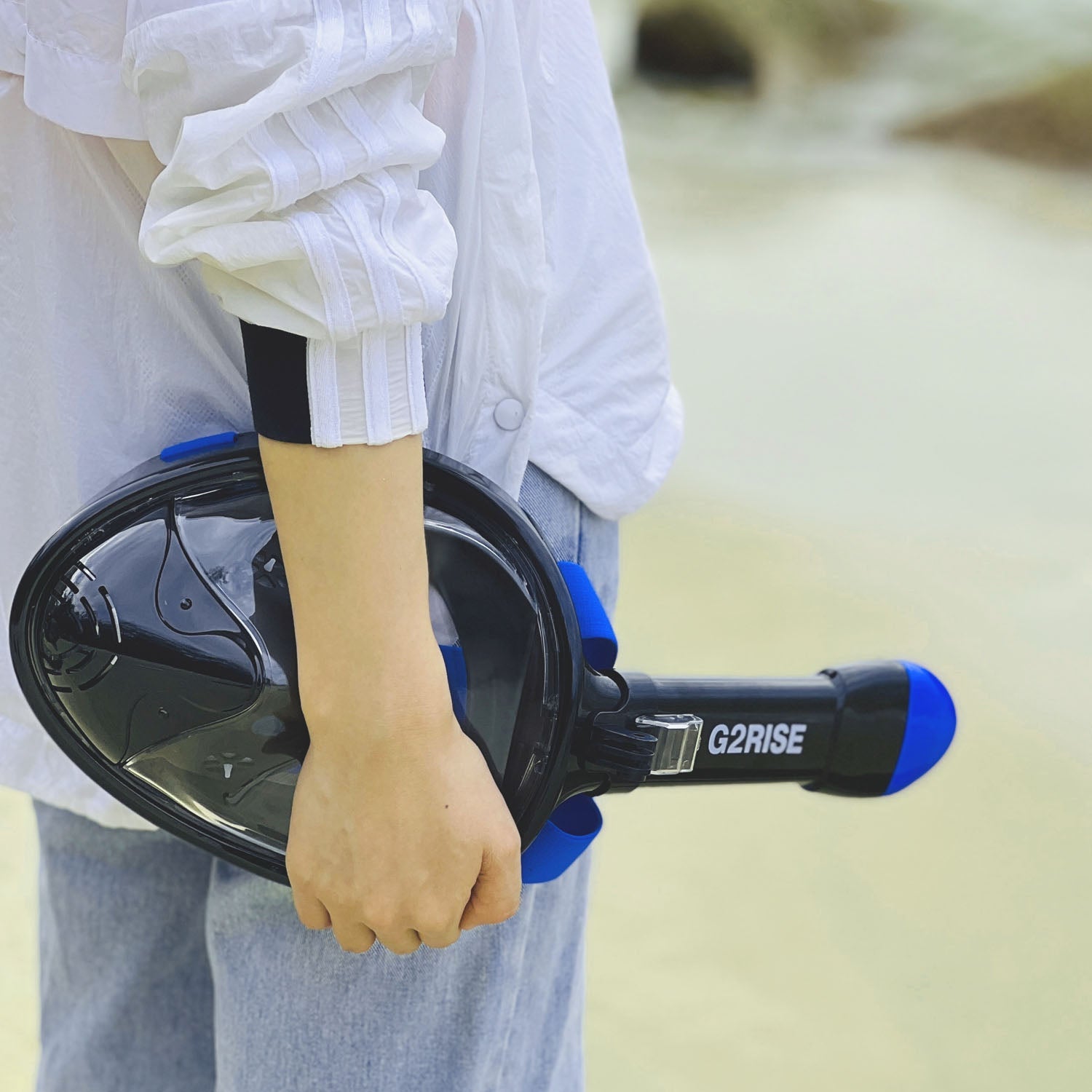
Leave a comment
This site is protected by hCaptcha and the hCaptcha Privacy Policy and Terms of Service apply.